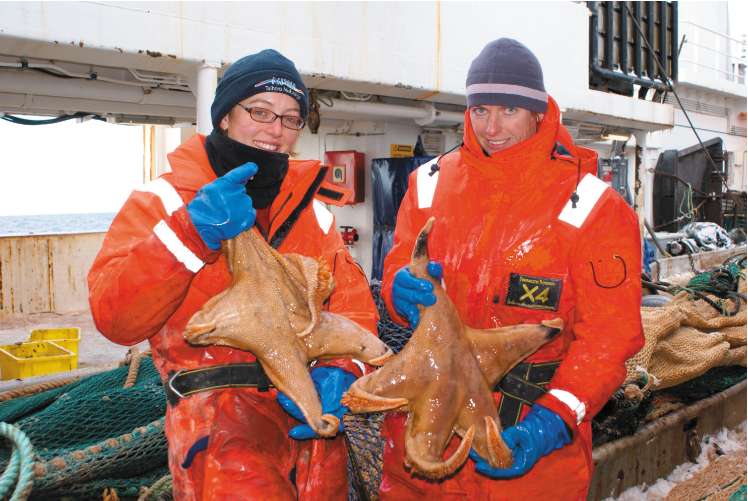Antarctic explorers come face to face with sea giants

After 50 days exploring the frigid waters of Antarctica, a group of New Zealand-led scientists is certain of two things: there are lots of previously unknown creatures out there, and some of them are positively enormous.
The marine life encountered during the 2,000-mile voyage through the Ross Sea, off the north coast of the frozen continent, included jellyfish with 12ft-long tentacles, giant sea snails and starfish the size of food platters.
The international team of 26 scientists and 18 crew collected 30,000 samples during the expedition, the most comprehensive survey ever of the Ross Sea. Among the finds were hundreds of unfamiliar organisms and "a lot of new species", according to Don Robertson, a New Zealand marine scientist.
The survey was conducted as part of International Polar Year, a global programme aimed at achieving a better understanding of the land and sea environments of the Antarctic and Arctic and to monitor the effects of climate change in the regions.
More than 60 nations are taking part, with 10 more voyages planned to investigate the marine life and habitats of Antarctica.
Scientists aboard the research vessel Tangaroa sampled every level of water between the surface and the sea floor, up to 11,500ft down. They were surprised to find fields of 20-inch-tall lilies stretching hundreds of yards. Stu Hanchet, a fisheries scientist with New Zealand's National Institute of Water and Atmospheric Research (Niwa), told Associated Press: "Some of these big meadows of sea lilies I don't think anybody has seen before."
Dr Robertson, a science manager with Niwa, said the size of some of the specimens collected could be attributed to cold temperatures, low predator numbers, high levels of oxygen in the water, and longevity.
Analysis of the specimens from this one survey could take two years, and potential new species will be sent to experts for verification.
Stefano Schiaparelli, a member of the team and a mollusc specialist at Italy's National Antarctic Museum in Genoa, said that scientists had found "marine communities" never seen before. "This is a new brick in the wall of Antarctic knowledge," he said.
Dr Schiaparelli reported that at least eight new molluscs and a range of new invertebrates had been found on sea mounts, or undersea mountains, off the northern Antarctic coast.
Dr Hanchet, of Niwa, said that there were perhaps eight new species among the approximately 90 species of fish caught. "That is exciting, and that is something that will grab the world in terms of fish biology," he said.
However, Chris Jones, an American scientist with the Antarctic research division of a federal fisheries service based in California, said: "It's exciting when you come across a new species. All the fish people go nuts about that. But you have to take it with a grain of salt."
He said he had been surprised by the lack of fish diversity in the sea mount areas. "We expected a wealth of diversity of fish," Dr Jones said. "But surprisingly, there were only two or three species. We kept catching the same fish."
But Mary Livingston, a scientist with the New Zealand Ministry of Fisheries, said: "Doing this census really has been a voyage of discovery."
Join our commenting forum
Join thought-provoking conversations, follow other Independent readers and see their replies
Comments
Bookmark popover
Removed from bookmarks